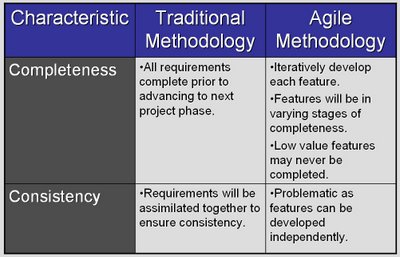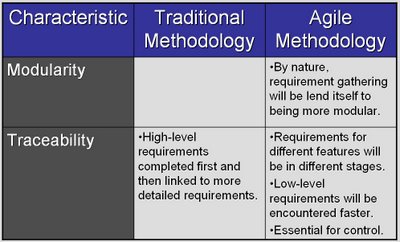Setting expectations
 In the business world, a key part of communicating is expectation setting. Whether you are delivering a presentation or a set of requirements, not establishing expectations with your audience can lead to a few unfortunate outcomes.
In the business world, a key part of communicating is expectation setting. Whether you are delivering a presentation or a set of requirements, not establishing expectations with your audience can lead to a few unfortunate outcomes.
- Your material is perceived to be unsuitable. It may be too detailed or contain too few details.
- People may require you to perform additional work to produce something more acceptable to them. You'll get comments like, "I won't sign-off on this unless I see... such-and-such in there."
- Your work is not perceived to be relevant. You'll be asked to go back and start over.
- I didn't get anything from that.
- That wasn't what I expected.
- There were no details, I need details.
In one of my previous posts, I wrote about expectation setting as it related to the development of requirements. What resources you'll need access to, what tools you will be using, how you will be providing status updates and the facilities to provide feedback (and ultimately sign-off.) The last part of this is to explain and outline what will be in the actual deliverable.
Before I start writing about expectations for deliverables, recall that there are many different phases to a project's life cycle and for each one, different levels of information and different audiences are present. For each, a different expectation needs to be established.




